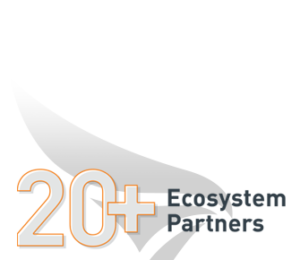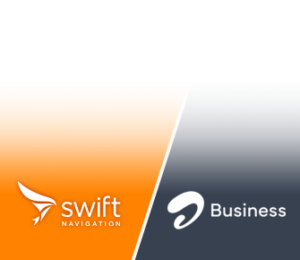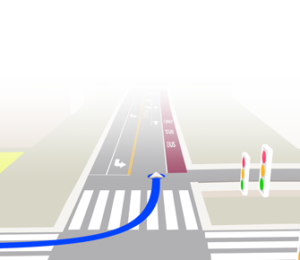- Skylark
- Automotive Suite
- Industries
-
-
- Featured Industry
- Automotive

-
- Resources
-
-
- Press Release
- Swift Partner Program Becomes Largest HW Ecosystem

-
- Press Release
- Skylark Expands to India in Partnership with Airtel

-
- Blog Post
- Precise GNSS: The Scalable Way to Build Accurate Maps

-
- Get Started